Microwave ovens have become essential fixtures in modern kitchens, enabling quick reheating and meal preparation with minimal effort. Despite their widespread use, skepticism about their safety and impact on food quality persists. Concerns range from fears about radiation exposure to worries that microwaving might destroy nutrients or even cause harmful chemical reactions in food. These fears often stem from a misunderstanding of how microwaves work and a confusion between different types of ovens. Unlike the high-energy ionizing radiation used in X-rays, which can alter molecular structures and pose health risks, microwaves use non-ionizing radiation. This type of energy is harmless at the levels emitted by household appliances and simply agitates water molecules in food, producing heat without altering its molecular structure.
Scientific research and health organizations, including the World Health Organization (WHO) and the U.S. Food and Drug Administration (FDA), have repeatedly affirmed that microwaving food is safe when done according to the manufacturer’s instructions. They emphasize that any health risks associated with microwaves come from improper use, such as using damaged appliances or inappropriate containers, not from the radiation itself. In this article, we will delve into and debunk 5 common myths surrounding microwave cooking. By clarifying these misconceptions, we aim to provide a more informed perspective on how to use this versatile kitchen tool effectively and safely, ensuring you can enjoy its convenience without unwarranted fears.
Myth 1: Microwaving Food Makes It Radioactive
A prevalent myth about microwave ovens is the belief that they make food radioactive. This misconception likely stems from the confusion around the term “radiation,” which is often associated with hazardous radioactive substances like those found in nuclear reactors or medical X-rays. Many people assume that since microwaves use radiation to cook food, they must somehow transform the food into something harmful. This fear has caused some to avoid using microwaves, despite their practicality and efficiency in daily cooking.
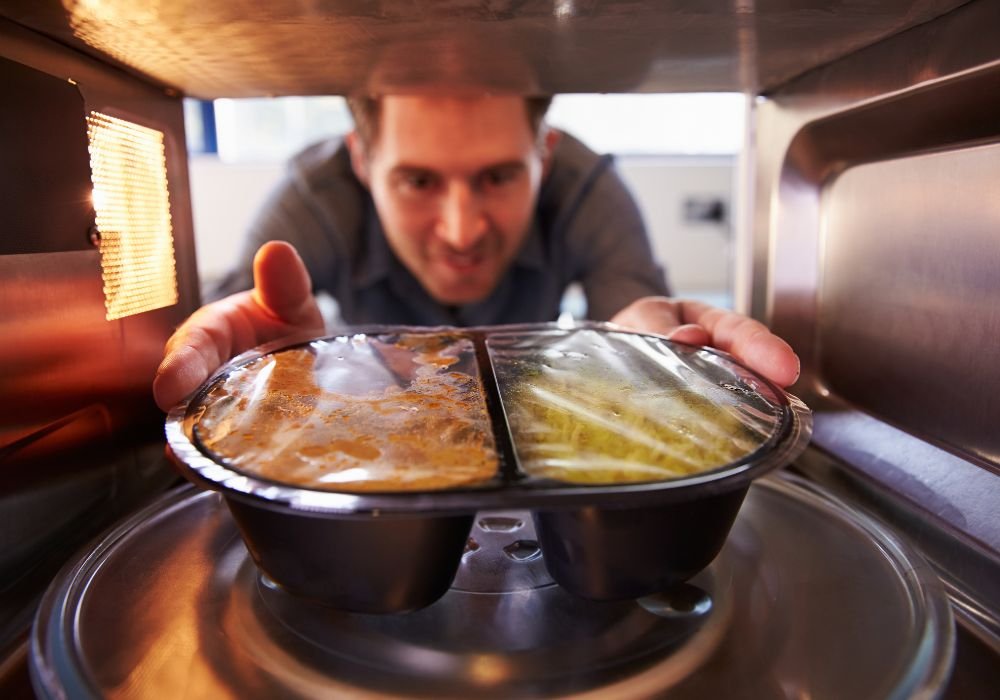
Reality:
The truth is, microwaving food does not make it radioactive. Microwaves use non-ionizing radiation, which is entirely different from the ionizing radiation used in X-rays and nuclear technology. Non-ionizing radiation has insufficient energy to break atomic bonds or alter the molecular structure of food. Instead, it works by causing water molecules in the food to vibrate rapidly, producing heat that cooks or reheats the food. This process only changes the temperature of the food, not its molecular composition, making it completely safe.
Furthermore, microwave ovens are built with safety features like a metal mesh screen on the door, which prevents the microwaves from escaping and interacting with the external environment. These safeguards ensure that any potential risk is confined within the appliance. The only scenario where microwaves could be hazardous is if the appliance is damaged, such as a broken door, but even then, the food itself remains unaffected. Understanding these basic principles can help dispel the unfounded fear of radiation, allowing users to take full advantage of the microwave’s convenience without worry. Next, let’s explore another common concern related to microwave cooking: the belief that it destroys nutrients in food.
Myth 2: Microwaves Destroy Nutrients in Food
A common belief is that microwaving food diminishes its nutritional value, stripping meals of essential vitamins and minerals. This concern often leads people to favor other cooking methods like steaming, boiling, or baking, assuming these methods are better for preserving nutrients. The fear is that the microwave’s rapid heating will break down delicate nutrients more quickly than traditional, slower cooking techniques. This misconception has caused many to overlook the microwave as a convenient and efficient tool for preparing healthy meals, particularly vegetables and other nutrient-dense foods.
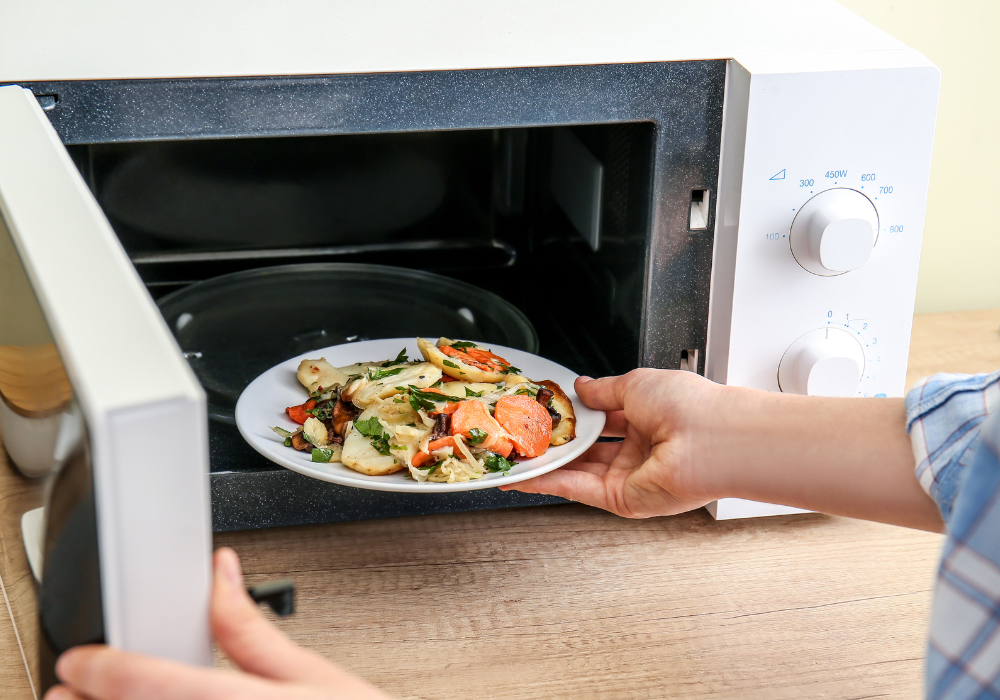
Reality:
Contrary to popular belief, microwaving is not only safe but can actually be one of the best methods for preserving the nutritional content of food. The key factors affecting nutrient retention during cooking are time, temperature, and the amount of water used. Microwaving typically involves shorter cooking times and lower temperatures compared to other methods, which means fewer nutrients are lost. This is especially true for water-soluble vitamins, such as vitamin C and the B vitamins, which are prone to degradation through prolonged heat exposure and leaching into water during cooking. Cooking methods like steam ovens, which also use minimal water and gentle heat, are similarly effective in preserving nutrients.
For example, boiling vegetables like broccoli or spinach can cause significant nutrient loss as vitamins and minerals are transferred into the cooking water, which is often discarded. Microwaving, on the other hand, requires minimal to no water, which helps retain these nutrients. A study published in the Journal of Food Science found that microwaving broccoli preserved up to 97% of its cancer-fighting compounds, compared to just 66% when boiled. Similarly, research from Harvard Medical School supports that microwaving with a small amount of water can preserve more vitamins and minerals than steaming or boiling.
By using the microwave’s lower power settings and cooking for shorter periods, you can further reduce nutrient loss. This is particularly effective for vegetables and proteins that may otherwise lose their nutritional integrity through prolonged exposure to heat. In essence, when used correctly, microwaving is not only a convenient option but also a nutritionally sound method for preparing meals.
With this myth debunked, let’s move on to another widespread concern: the safety of using plastic containers in the microwave.
Myth 3: Microwaving in Plastic is Safe as Long as It’s “Microwave-Safe”
Many people believe that as long as a plastic container is labeled “microwave-safe,” it can be used in the microwave without any risk of harmful substances leaching into food. This label creates the impression that these containers are completely free of dangerous chemicals. However, the reality is not so straightforward. The “microwave-safe” label only ensures that the container can withstand the heat generated in a microwave without melting, warping, or releasing toxic fumes. It does not necessarily guarantee that the plastic is free from harmful chemicals that might migrate into food when heated, especially under certain conditions.
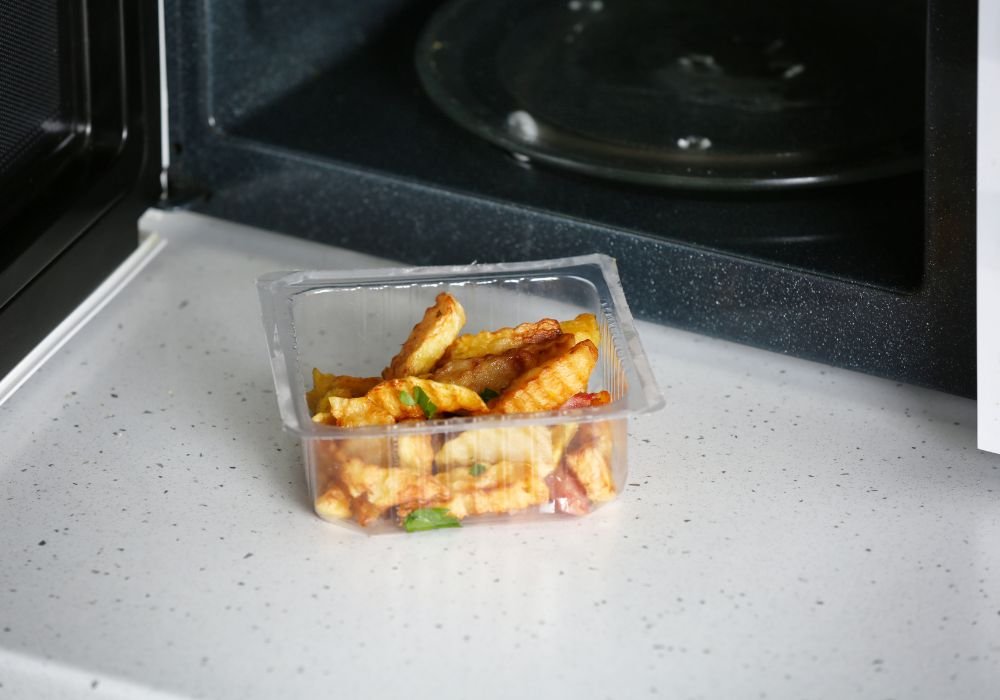
Reality:
“Microwave-safe” plastics are designed to resist physical damage during microwave use, but they may still contain chemicals like bisphenol-A (BPA) and phthalates. BPA is commonly used to harden plastics, while phthalates are added to make plastics more flexible. When heated, especially in the presence of fatty or acidic foods, these chemicals can leach into the food. Studies have linked exposure to BPA and phthalates to various health issues, including hormonal disruptions, reproductive harm, and even an increased risk of cancer.
Even plastics labeled BPA-free are not entirely risk-free. They may still contain other chemical additives that can migrate into food under high heat. Repeated heating and cooling can cause the plastic to degrade over time, increasing the likelihood of chemical leaching. The safest option for microwaving food is to use glass or ceramic containers. These materials do not contain harmful chemicals and are less likely to break down, even with repeated use.
However, it’s still crucial to check that these glass or ceramic containers are labeled as microwave-safe, as some may crack or shatter under rapid temperature changes. For additional safety, avoid using plastic wraps or lids that come into direct contact with food during microwaving, as these can also release harmful substances. Opt for a microwave-safe lid or a damp paper towel to cover dishes and retain moisture.
For more information on the safety of microwaving plastics, you can refer to the FDA’s Microwave Oven Radiation Safety Information.
With the concerns surrounding plastics addressed, let’s turn our attention to another common myth about microwave cooking: the perception that microwaves cook food unevenly.
Myth 4: Microwaves Cook Food Unevenly
One of the most frequent complaints about microwaves is their tendency to leave food with cold spots, creating an inconsistent cooking experience. This myth suggests that microwaves lack the ability to cook food uniformly, making them unreliable for anything beyond reheating leftovers. Many people have encountered the frustration of cutting into a microwaved dish to find that the center is still cold while the outer edges are steaming hot. This uneven heating has led to the perception that microwaves are unsuitable for cooking foods that require consistent heating throughout, such as casseroles, soups, or thicker cuts of meat. Consequently, people often rely on microwaves only for basic reheating tasks, underestimating their potential for more comprehensive cooking.
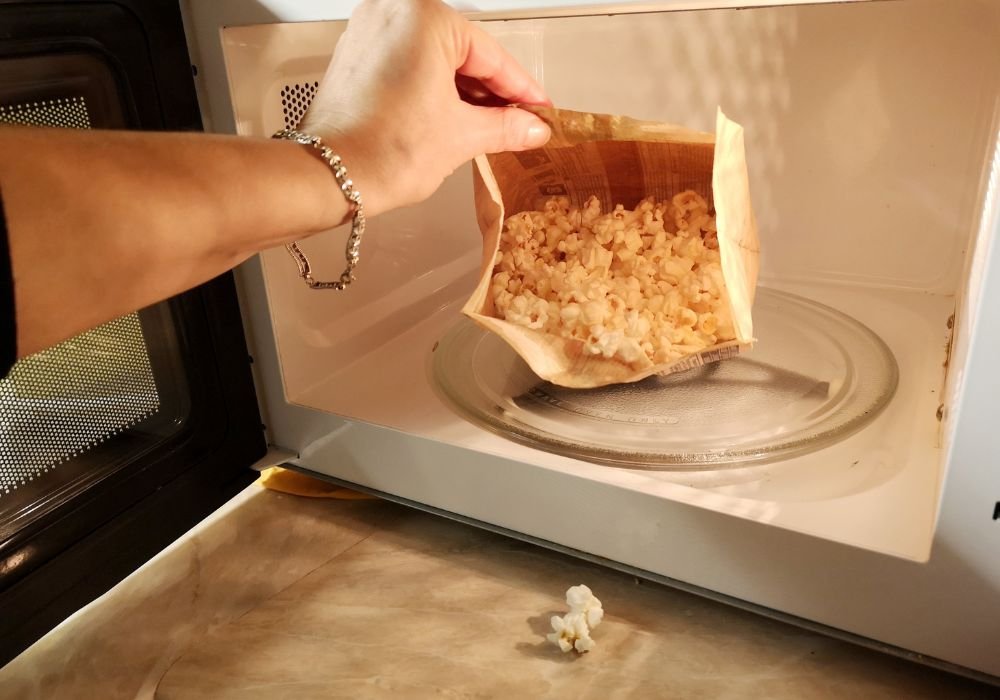
Reality:
While it’s true that microwaves can sometimes heat food unevenly, this issue is often due to user error rather than a flaw in the appliance itself. Factors such as the size and shape of the food, the type of container used, and how frequently the food is stirred during cooking can all influence the final result. Using a microwave-safe turntable and rotating the food during cooking can help ensure more even heating. Additionally, covering the food with a microwave-safe lid or damp paper towel helps retain moisture and promote uniform heat distribution.
Advancements in technology have also addressed the issue of uneven cooking. For instance, modern smart ovens come with features like temperature sensors, convection fans, and multi-stage cooking modes that ensure food is cooked evenly. These ovens can automatically adjust power levels and cooking times based on the type of food, providing a more consistent and efficient cooking experience than traditional microwaves. By understanding how to use your microwave effectively, you can avoid uneven cooking and expand your use of this versatile appliance beyond simple reheating.
Next, let’s address another common concern: whether microwaving in plastic containers is truly safe.
Myth 5: Boiling Water in a Microwave is Safe
Many people believe that boiling water in a microwave is a convenient and harmless way to quickly heat water for beverages like tea or coffee. This perception is fueled by the simplicity and speed with which microwaves can bring water to a high temperature, often within seconds, making it an appealing option for those in a rush. However, this seemingly straightforward process can actually be quite dangerous due to a phenomenon known as superheating. Superheating occurs when water is heated beyond its boiling point without the formation of visible bubbles, which typically act as indicators of boiling. In a microwave, the smooth surfaces of cups and the lack of impurities or air bubbles can prevent the water from boiling visibly, even when it has reached temperatures above the boiling point. This creates a potentially hazardous situation that can lead to unexpected eruptions of steam when the water is disturbed.
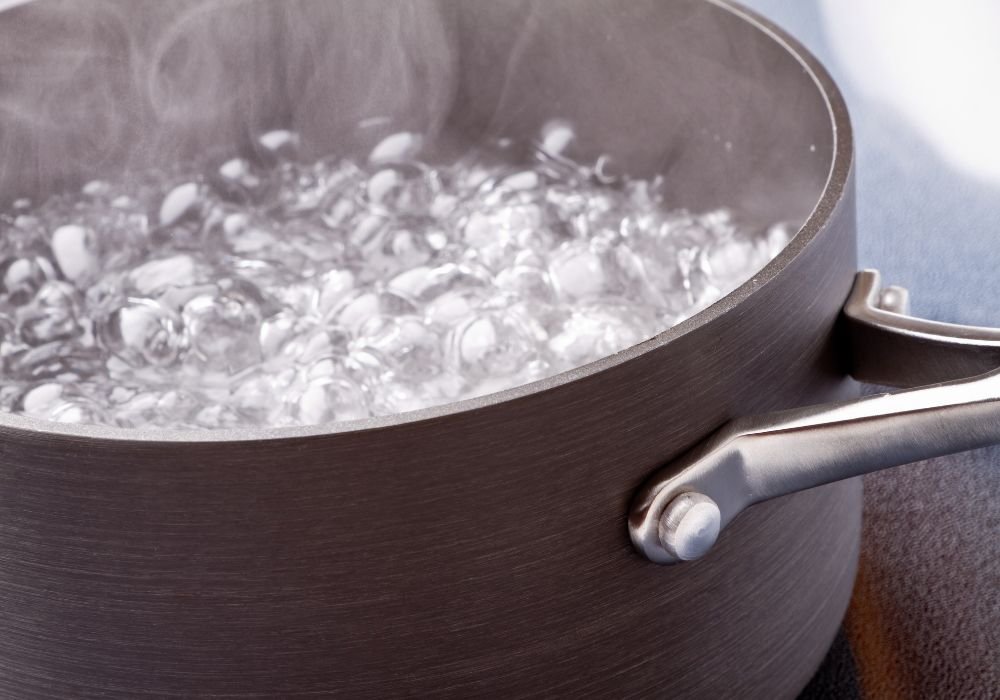
Reality:
Microwaving water can indeed be hazardous due to the risk of superheating. Superheating happens when water is heated to a temperature above its normal boiling point, but no bubbles form to release the heat. This can occur because the microwave heats the water so quickly and uniformly that no nucleation sites (such as tiny air bubbles or rough surfaces) are available to start the boiling process. When this superheated water is disturbed, even by a small action like adding a spoon or a tea bag, it can suddenly and violently release steam. This rapid release can cause the water to boil over or even explode out of the cup, leading to severe burns.
To minimize the risk of superheating, it is recommended to place a non-metallic object, such as a wooden stir stick or chopstick, in the cup while heating. This object provides a nucleation site for bubbles to form, allowing the water to boil safely. Additionally, it’s important not to overheat the water. Avoid heating water for more than two minutes at a time, and always let it sit for a few seconds after microwaving to allow any excess heat to dissipate. If you need to boil water frequently, using a traditional kettle or heating it on a stovetop is a safer alternative. These methods provide better control over the boiling process and eliminate the risk of superheating.
Understanding the potential dangers of microwaving water helps prevent accidents and ensures safe kitchen practices. While the microwave is a versatile and efficient tool, it’s essential to use it correctly to avoid risks. With this knowledge, you can make informed decisions and use your microwave more safely.
Conclusion
Understanding the science behind how microwaves work and addressing the myths surrounding them can significantly improve how we use this versatile appliance safely and effectively. Concerns about radiation exposure, nutrient loss, and the safety of plastic containers often stem from misinformation or misunderstandings. Debunking these myths empowers us to make informed decisions in the kitchen, enabling us to maximize the convenience and efficiency of microwaves. When used correctly, microwaves are not only safe but also an excellent tool for cooking and reheating food, preserving nutrients, and preparing meals quickly. By following proper guidelines, such as using microwave-safe containers, avoiding superheating water, and spreading food evenly, you can confidently use your microwave to prepare healthy and delicious dishes, making it a reliable ally in your everyday cooking routine.
Share this content:
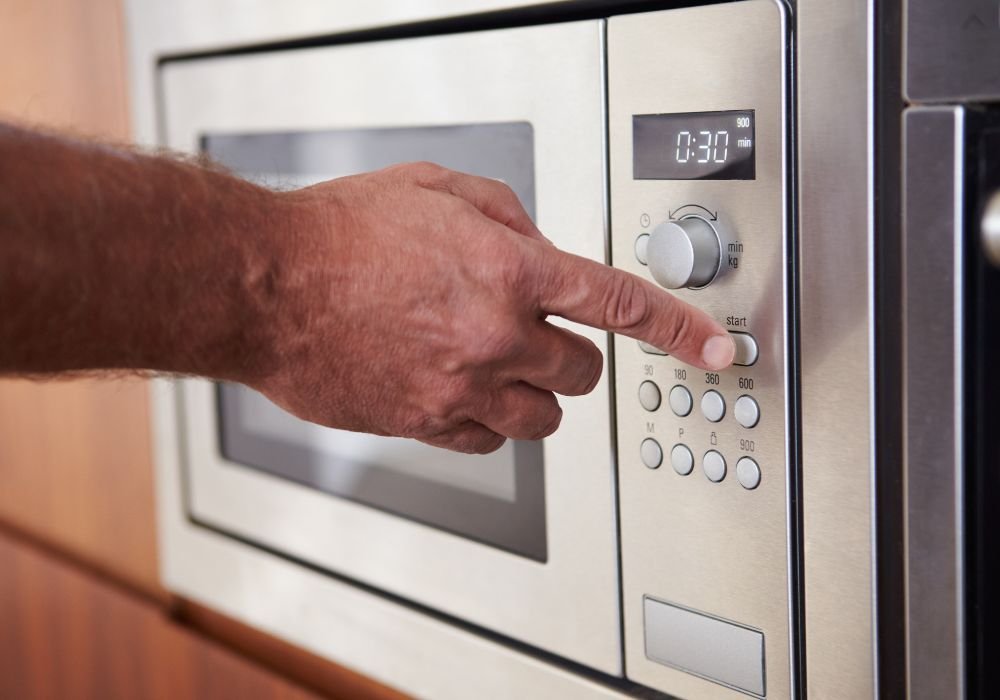
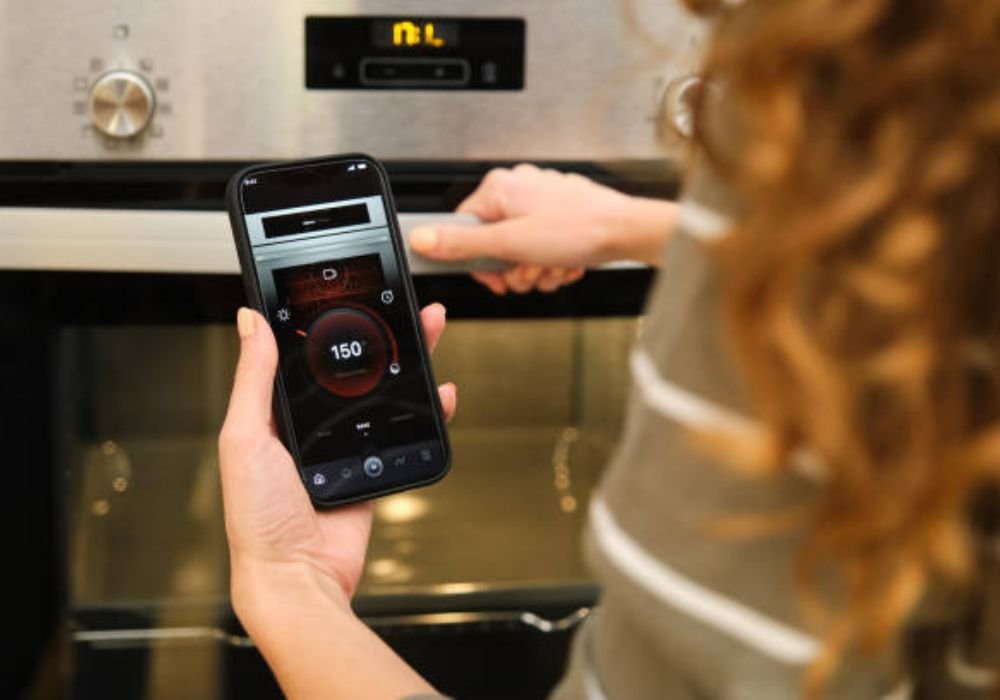
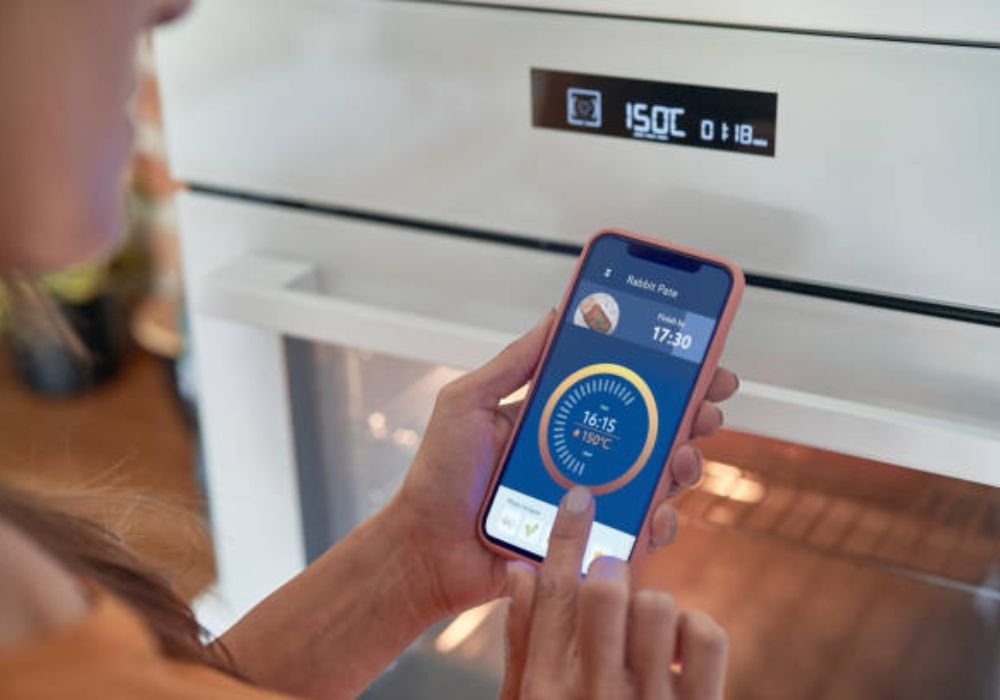
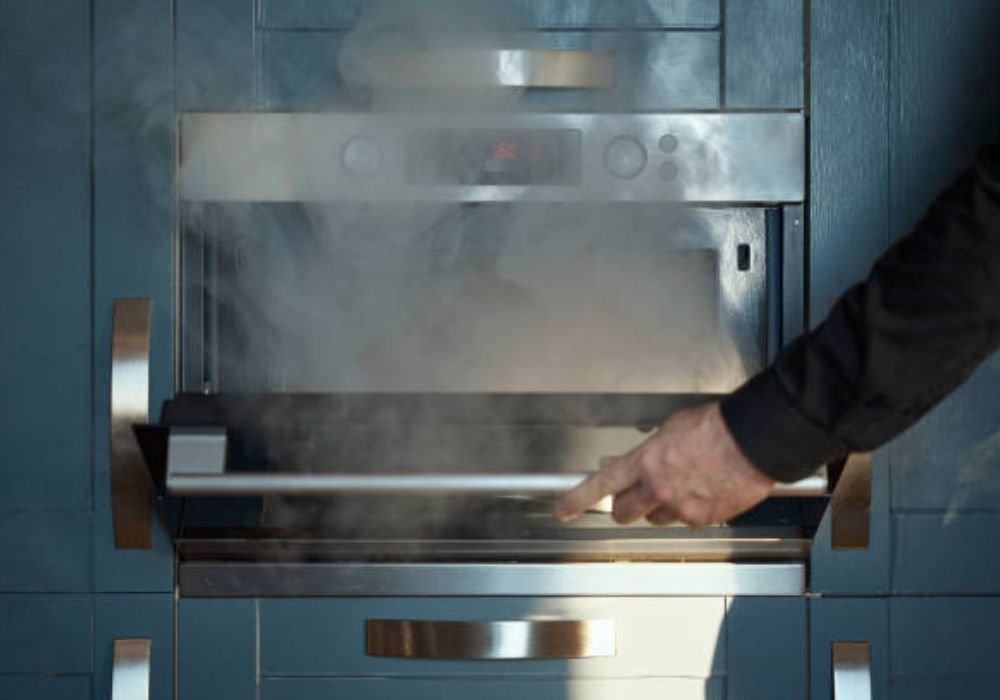








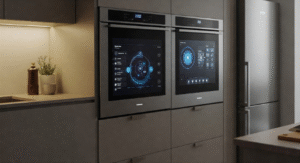


4 comments